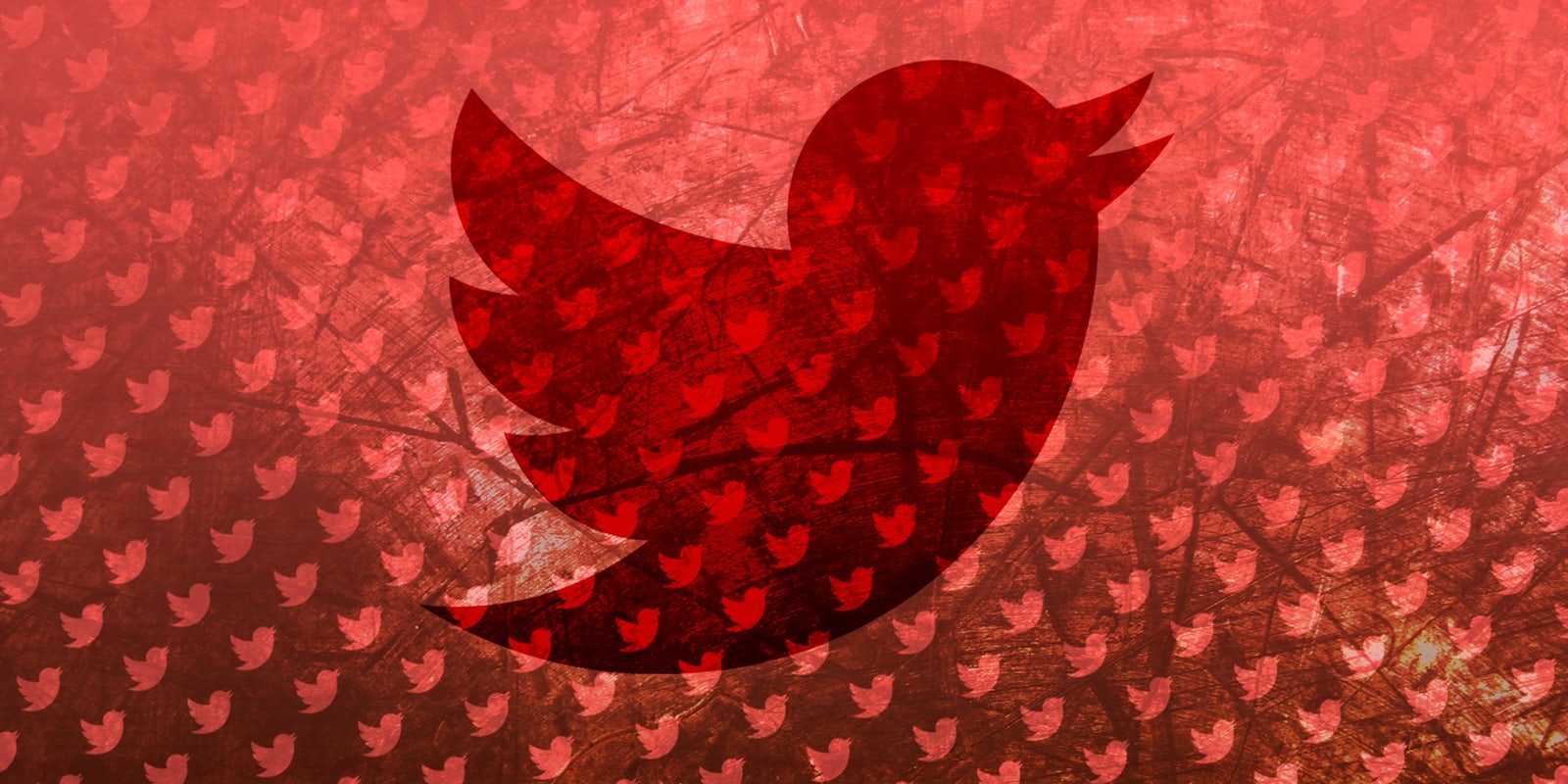Twitter announced Tuesday that some big changes are coming to the platform. Finally, some help for Twitter’s pervasive harassment problem? That’s a good joke, but no. Instead, we’re getting changes that will alter the very structure of the discrete content unit we call a “tweet.”
To understand how things will be different now that media and metadata (like @names) aren’t part of the 140-character body of a tweet, you could read Twitter’s official explanation…
What you need to know about upcoming changes to Tweets! https://t.co/F5JdJ3mdwC pic.twitter.com/wENJUqSWhJ
— Developers (@XDevelopers) May 24, 2016
…or you could just look at this excellent graphic from good posts maker Leon Chang:
regarding the latest twitter change announcement pic.twitter.com/FctgnyT8yh
— leon (@leyawn) May 24, 2016
A nightmare, succinctly described. Because of the way @reply objects now work, not counting against the character limit, a spammer can include 50 invisible usernames at the beginning of a tweet. It’s not like Twitter spam doesn’t exist right now, but the ability to include more people in the chain means a higher likelihood of that old email problem, the reply-all from hell.
You’re in a Twitter canoe with 50 people. You want to wake up, but you can’t. You want to die, but Jack Dorsey won’t let you.
There’s a well-documented tendency for folks to be skeptical of, and even hostile toward, big changes in the software they use every day. The old Instagram icon wasn’t even good, and people are genuinely upset that it’s gone.
Twitter may think the negative responses to changes like these are just symptoms of that predictable resistance. They’re not, though. They’re reactions to the company’s seeming ignorance of how people actually use Twitter.
Remember when women cried out for help dealing with organized campaigns of harassment on Twitter, and they got a spiffy new heart animation and a weird proposal to expand tweets to 10,000 characters instead?
Twitter: what do u want
— shonda rhimes wrote crossroads (@jersing) January 5, 2016
Women: harassment control
T: more characters?
W: this guy literally just said he was gonna kill me
T: ok! 10,000!
Not Twitter’s finest hour. But at least changing stars to hearts and adding confusing, unpopular features like Moments didn’t make it easier to spam, harass, and otherwise make the Twitter experience a miserable one.
You can @ tons of people but you still can’t remove yourself from threads and people you’ve blocked can still @ you. Great.
— zoë “Baddie Proctor” quinn (@UnburntWitch) May 24, 2016
Instead of new tools to control who can interact with us, we get a feature that makes it easier for bad actors to contact users in bulk. But hey, tweets will look cleaner without all those @names in them. Progress.


